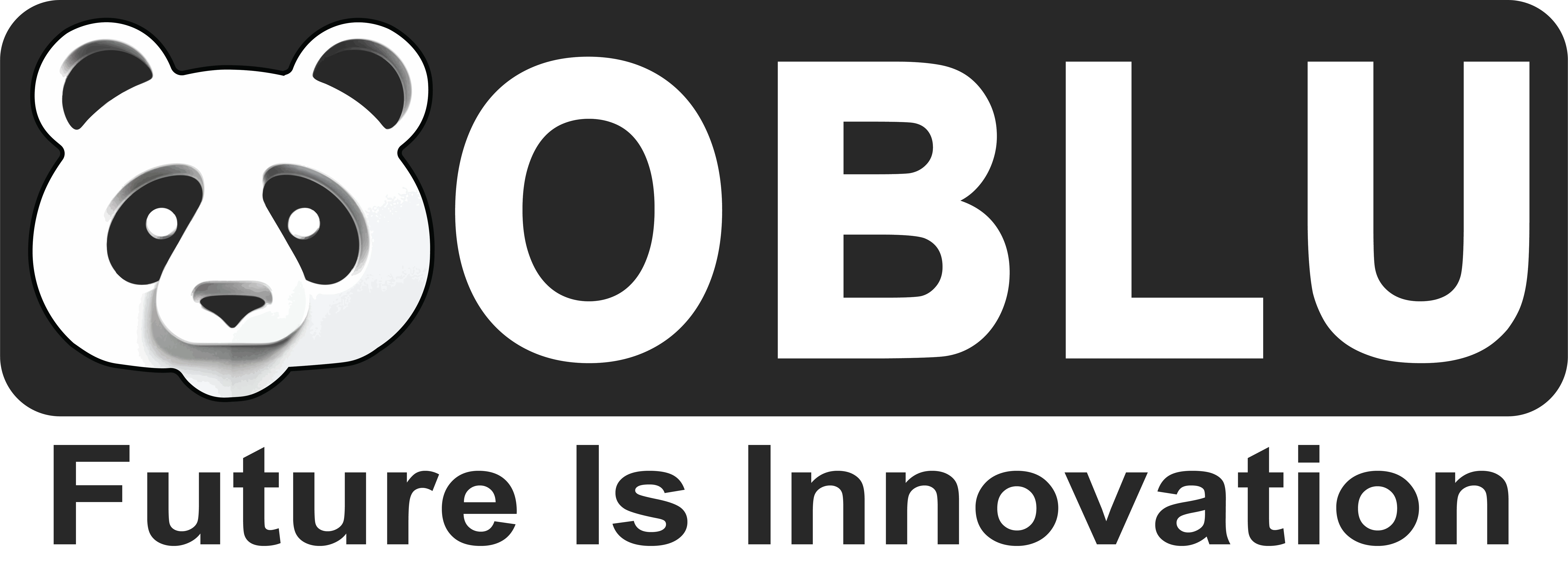Clear aligners are transforming orthodontics by offering a comfortable, discreet, and effective way to straighten teeth. But how do they go from an idea to a set of customized aligners ready to wear? Let’s walk through the complete aligner-making process, step by step.
Step 1: High-Accuracy Intraoral Scanning
The process begins with an intraoral scanner. Instead of using messy impression materials, the dentist scans the patient’s mouth with a handheld device.
-
The scanner captures a 3D digital image of the teeth and gums within minutes.
-
This 3D model acts as the foundation for treatment planning.
- Since it’s digital, any corrections or rescans can be done instantly.
📌 Why important: Accurate scans ensure the aligners will fit perfectly, minimizing errors later.
Step 2: AI-Powered Treatment Planning Software
The scanned data is then imported into treatment planning software.
-
The orthodontist uses this software to plan the tooth movement step by step.
-
AI tools simulate how the teeth will shift over time.
-
The software generates a virtual timeline showing the progression from the current position to the final aligned smile.
📌 Why important: This stage provides a blueprint of the entire treatment and allows the patient to preview the final outcome.
Step 3: Precision 3D Printing of Models
Once the treatment plan is approved, the software exports digital files to a 3D printer.
-
For each stage of movement, a dental model of the patient’s teeth is printed.
-
These printed models represent the teeth’s position at every step of treatment.
📌 Why important: Each aligner stage needs its own model. The precision of 3D printing ensures exact fit and accuracy.
Step 4: Thermoforming the Aligners
With the printed models ready, the next step is to create the physical aligners using a thermoforming unit.
-
A clear dental-grade plastic sheet is heated and pressed over each 3D-printed model.
-
Once cooled, the material takes the exact shape of the teeth.
-
The aligners are trimmed, polished, and smoothed for comfort.
📌 Why important: This process transforms the digital design into a wearable aligner customized for the patient.
Step 5: Certified Dental Consumables
During the manufacturing process, certified materials and consumables are used.
-
Aligner sheets are biocompatible and BPA-free to ensure safety.
-
Other consumables, such as bonding agents and attachments, are standardized for consistency.
📌 Why important: Certified consumables guarantee durability, safety, and compliance with dental standards.
Step 6: Training and Technical Support for Dentists
For successful treatments, dentists need the right tools and knowledge.
-
Training covers how to scan accurately, plan treatments, and use aligner-making equipment.
-
Technical support ensures smooth operation of scanners, printers, and software.
📌 Why important: Proper training ensures that patients get predictable, high-quality results.
Conclusion: From Scan to Smile
The aligner journey combines digital scanning, AI planning, 3D printing, and thermoforming into a seamless process. Each step ensures accuracy, safety, and comfort, resulting in aligners that are both effective and discreet.
Your aligner journey truly begins with the first digital scan—and from there, technology takes over to deliver the smile you’ve always wanted.
✨ At Oblu Healthcare, we bring together innovation, certified materials, and expert support to make high-quality clear aligner treatments accessible for both dentists and patients. From training to technology, we’re redefining orthodontics—one smile at a time.








